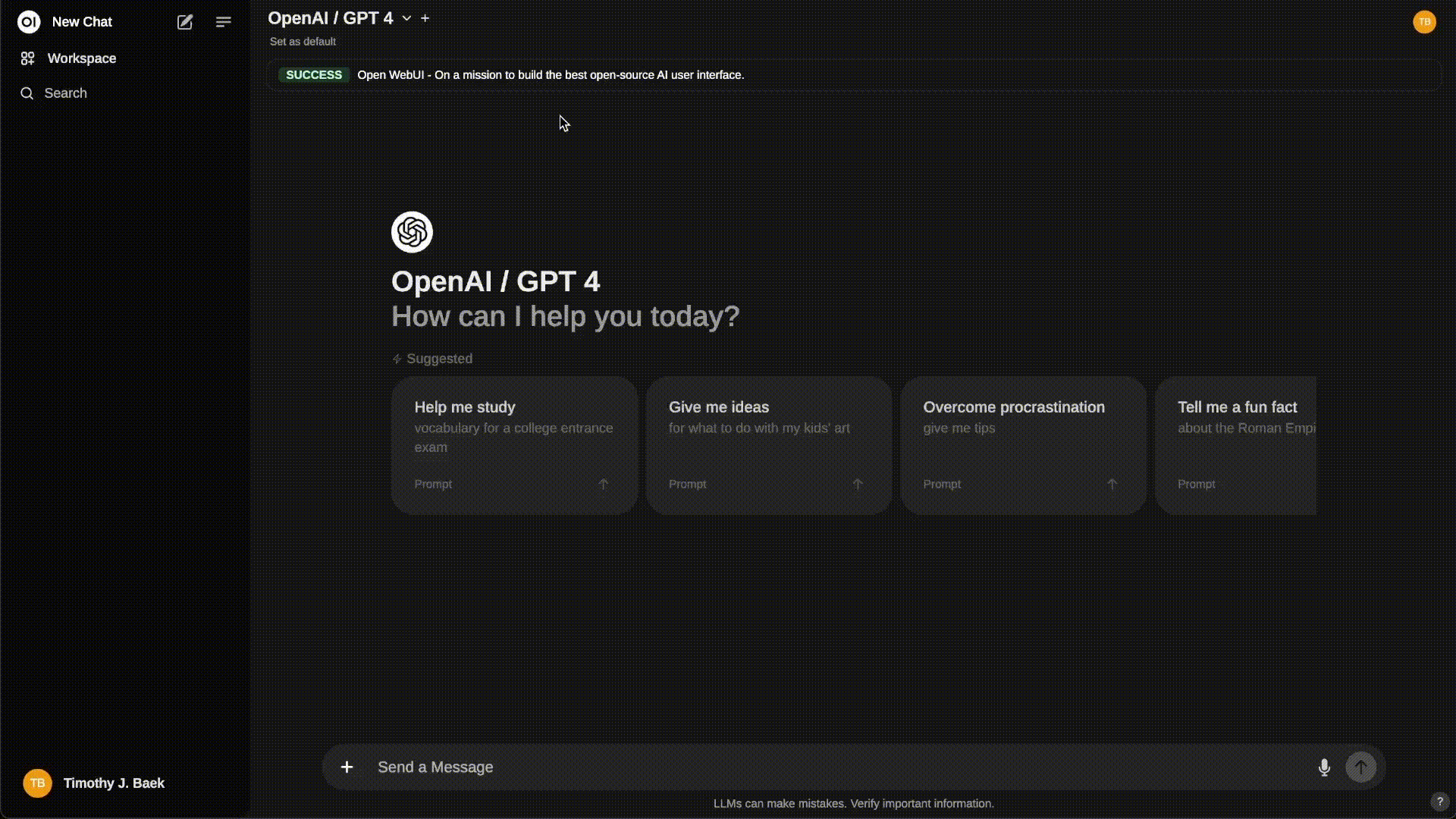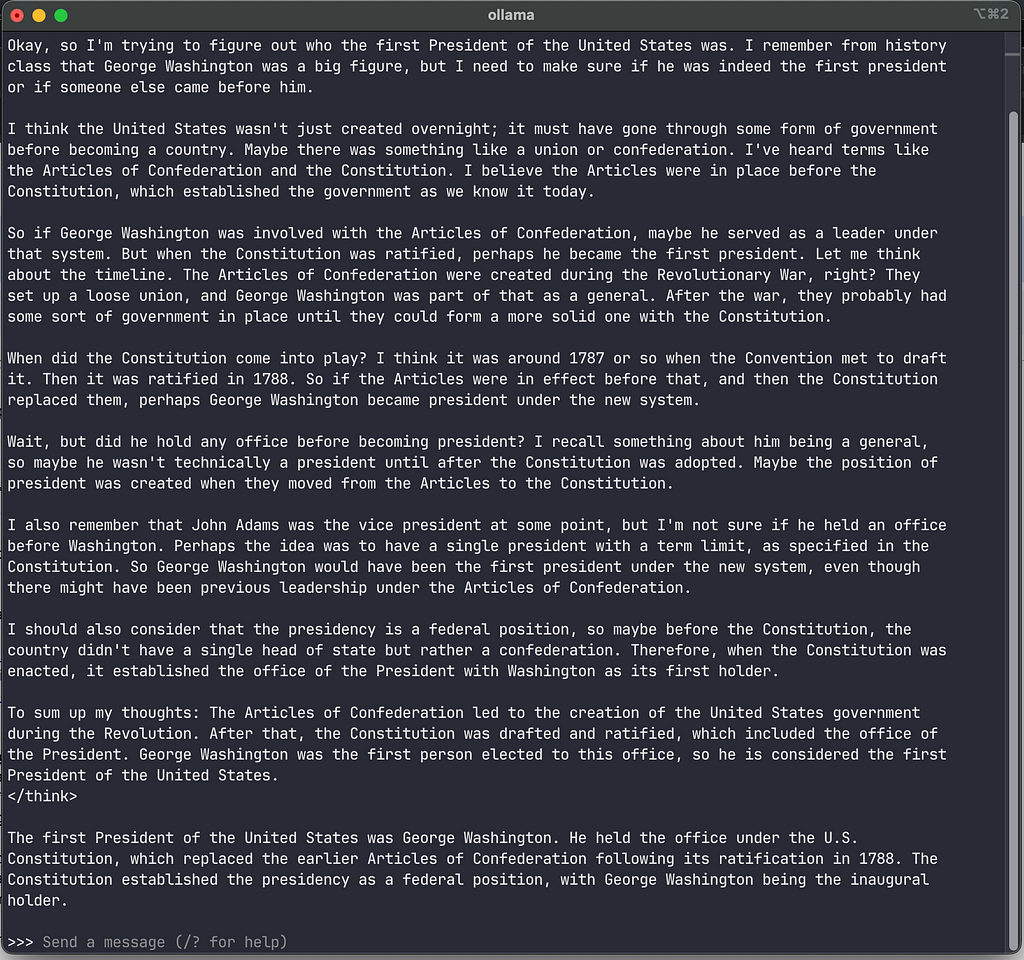
Let’s talk about AI Clean Rooms….
Last year we talked about the hidden value in a company’s data assets for AI in a post called 🤷♂️What do Chicken Wings and Steak Tips Have To Do With AI? Everything!😀.
The premise of that post was that AI efforts can thrive on context and domain-specific data. However, one of the challenges to leveraging internal data was the principle mode employees use for interacting with AI occurs via public chat agents.
Sharing Your Intellectual Property Publicly
Let’s start with a simple truth: AI services like ChatGPT, Claude, or Gemini are incredible, but they are public tools built for everyone. That’s their strength — and their limitation.
Your employees, contractors, or partners should never be using these public, general-purpose chatbots to analyze your company’s marketing performance, financial reports, strategy, …but it is likely happening. Sensitive, internal intellectual property (“IP”) is leaking into these public tools, allowing them to train on the information being shared. Not ideal.
Imagine a competitor asking ChatGPT
“What is the marketing and product strategy for Company X, specifically on the launch of Brand Y.”
Now imagine a response from ChatGPT that was trained on the internal data, creative, briefs, strategy docs… that were shared by your employees or partners.
Not good.
What Is An AI Clean Room?
Ok, but the tools are so easy to use. If not those public tools, then what? How about private, trusted AI Clean rooms local to your company or team.
For business, there is a critical need to run specialized, private, and trusted environments, or “walled gardens” for AI. Just as data clean rooms let analysts work with sensitive information without leaking it, AI Clean Rooms isolate proprietary data and models for use in AI.
Sound complicated?
Set Up a Simple AI Clean Room Right Now
Did you know you can run a private, AI clean room right on your laptop or desktop right now? Any questions or information you shared is private to your laptop or desktop.
- Go to https://ollama.com/
- Download the Ollama application
- Pick (https://ift.tt/2HPQywx or https://huggingface.co/) an LLM that you want to use (appropriate for your laptop or desktop 👍 )
- Then run your selected model your model (ie ollama run deepseek-r1:1.5b )

Don’t like interacting that way with deepseek? How about using an interface just like Chat GPTs via openweb-ui

While this is an overly simplistic view of an AI Clean Room, the crux of the concept applies. Would you prefer employee interactions with AI happen locally or with public ChatGPT?
The Need For AI Clean Rooms Is Real
AI Clean Rooms let organizations harness the best of AI innovation while keeping their “IP” private and their workflows trusted.
Beyond the familiar public chat interfaces, there is an emerging ecosystem of tools, services, and systems that make deploying AI clean rooms a reality today. AI Clean Rooms let organizations harness the best of AI innovation while keeping their data private and their workflows secure. These AI environments aren’t just about security — they’re about trust, value, and flexibility.
AI Clean Rooms was originally published in Openbridge on Medium, where people are continuing the conversation by highlighting and responding to this story.
from Openbridge - Medium https://ift.tt/Su7hPfK
via Openbridge
